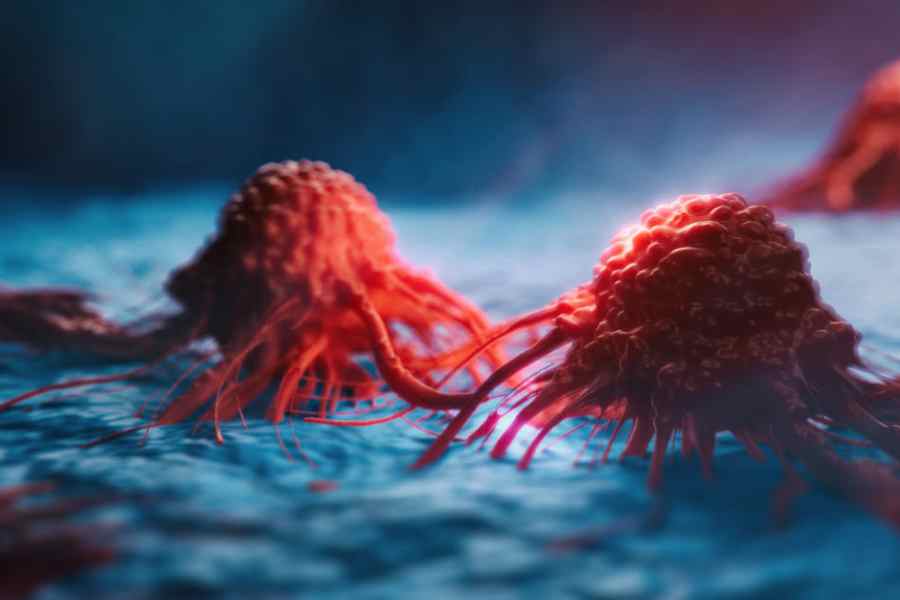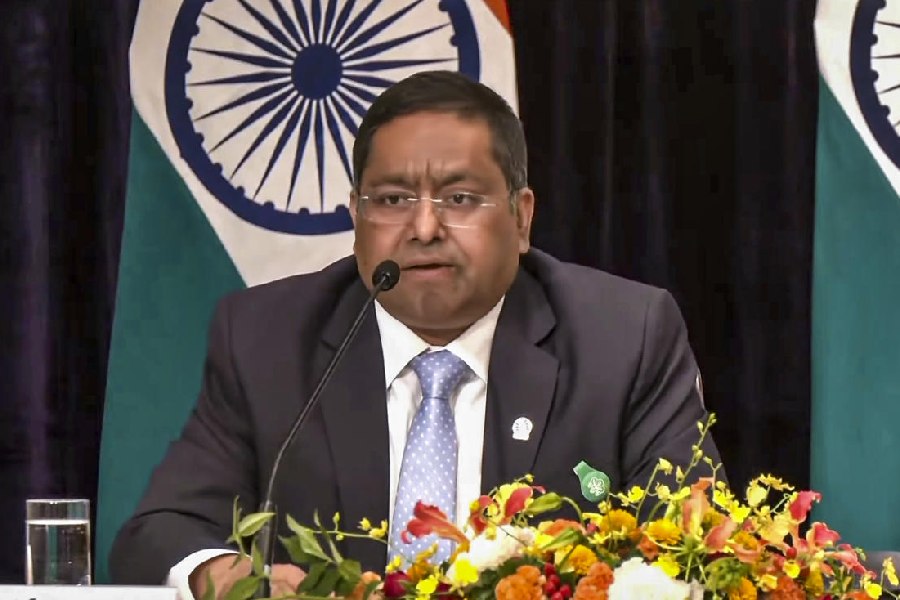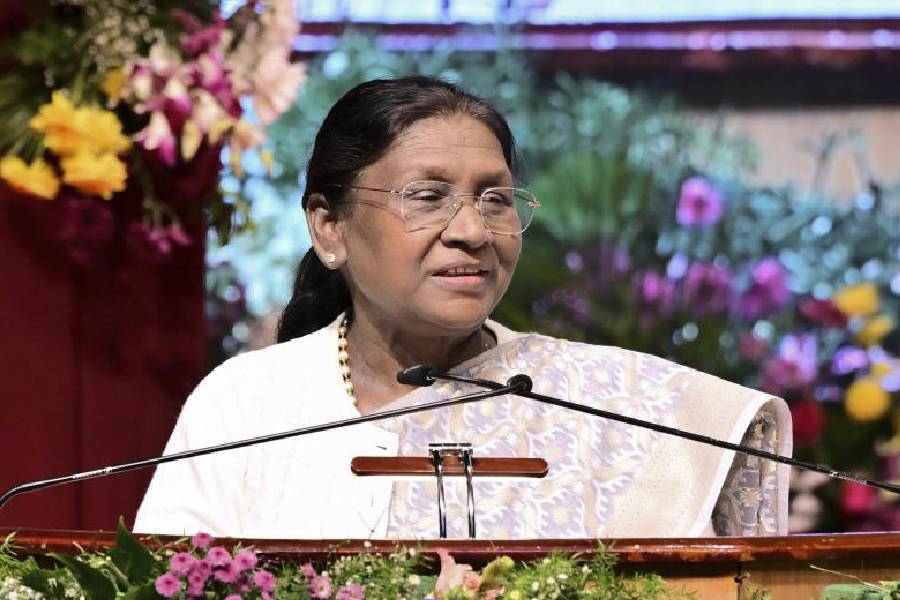Ovarian and endometrial cancers are still detected very late when the disease has progressed, doctors said at an awareness-building meet.
Early detection is possible, which can avoid pain, suffering and financial burden, they said.
“A majority of non-specific symptoms are often ignored. Patients complain they are having issues with acidity. The disease process had begun much earlier. Patients come to us when the cancer has advanced to stage III or stage IV,” said Subrato R. Debnath, senior consultant gynaeoncology and robotic surgeon at Apollo Multispeciality Hospitals.
“There are some women in the high-risk groups, like those who have obesity or chronic diseases like hypertension,” said Debnath.
“Those with long-standing endometriosis or ovarian cysts are also considered to be in the high-risk category. Those with a history of ovarian or uterine cancer in the family are also considered to be in the high-risk category,” he said.
Debnath added that they were trying to bring these women within a screening process that can help identify the cancers at an early stage.
“A clinical consultation and a transvaginal ultrasonography can help us see whether there is a lesion in the ovary. If we see a tumour, we can treat it early. A small tumour can grow into a cancer. If we can treat it early, the suffering and financial drain are stopped,” he said.
High-risk factors for endometrial or uterine cancer were obesity, hypertension, and those who underwent hormone replacement therapy for a long time.
Those whose menopausal bleeding has stopped are more vulnerable to uterine cancer.
Debnath said clinical examination and transvaginal ultrasonography can even detect early signs of uterine cancer, he said.
“Usually, the thickness of the lining on the uterus is 3mm to 4mm in the post-menopausal period. When it is thicker, there is a suspicion of uterine cancer, but it does not mean all cases of thicker lining are cancer,” he said.
Surgical oncologist Gautam Mukhopadhyay said ovarian cancer was the third most common cancer among women, after breast cancer and cervical cancer.
Both ovarian cancer and endometrial cancer have “vague” symptoms that make their identification difficult in early stages.
One symptom that can be an indicator of endometrial cancer is post-menopausal bleeding, he said.
“Abdominal bloating, increase in weight are other symptoms, but they are also very vague,” said Mukhopadhyay, clinical lead (surgical oncology) at Narayana Health RN Tagore Hospital.










